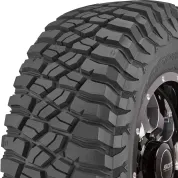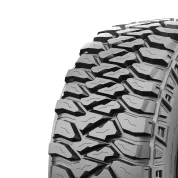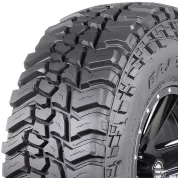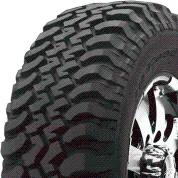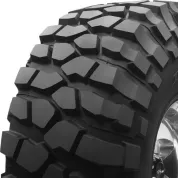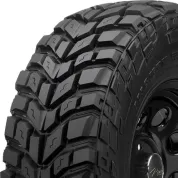Mud Terrain Tires
In your area
Mud terrain tires feature extreme tread depths and patterns to prevent tires from getting stuck in muddy off-road terrain. They’re ideal for 4x4s, trucks and commercial vehicles, as well as for off-roading adventures.
Mud terrain tires tend to feature thicker sidewalls for durability, while their superior traction makes them suitable for navigating steep climbs and slopes, as well as looser mud and sand surfaces.
Read More










/vary_crop/webp/178x178/kumho_roadventuremtkl71_bsw_36150_vary_1742472997653.webp)


